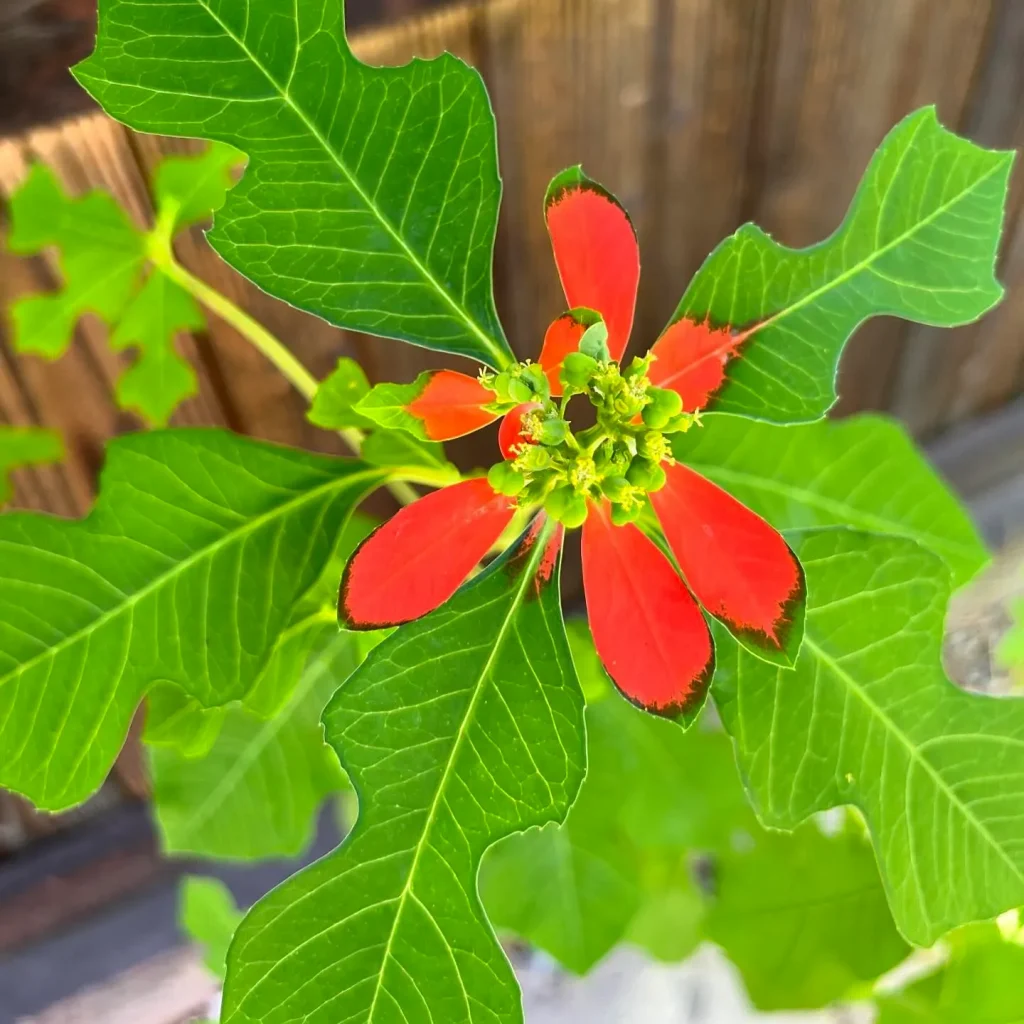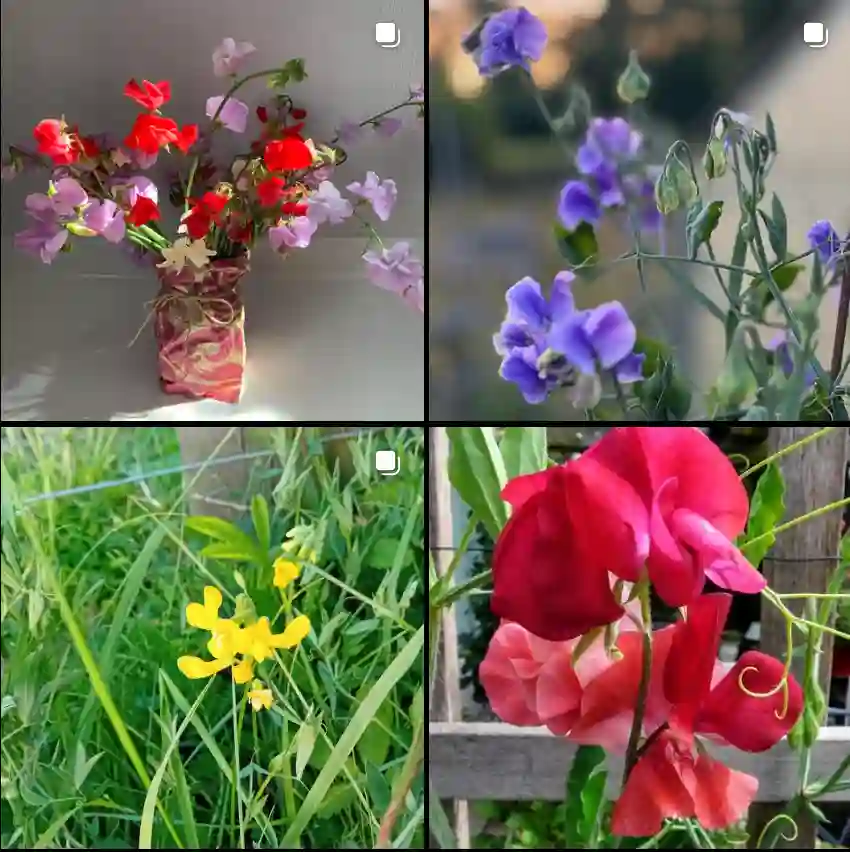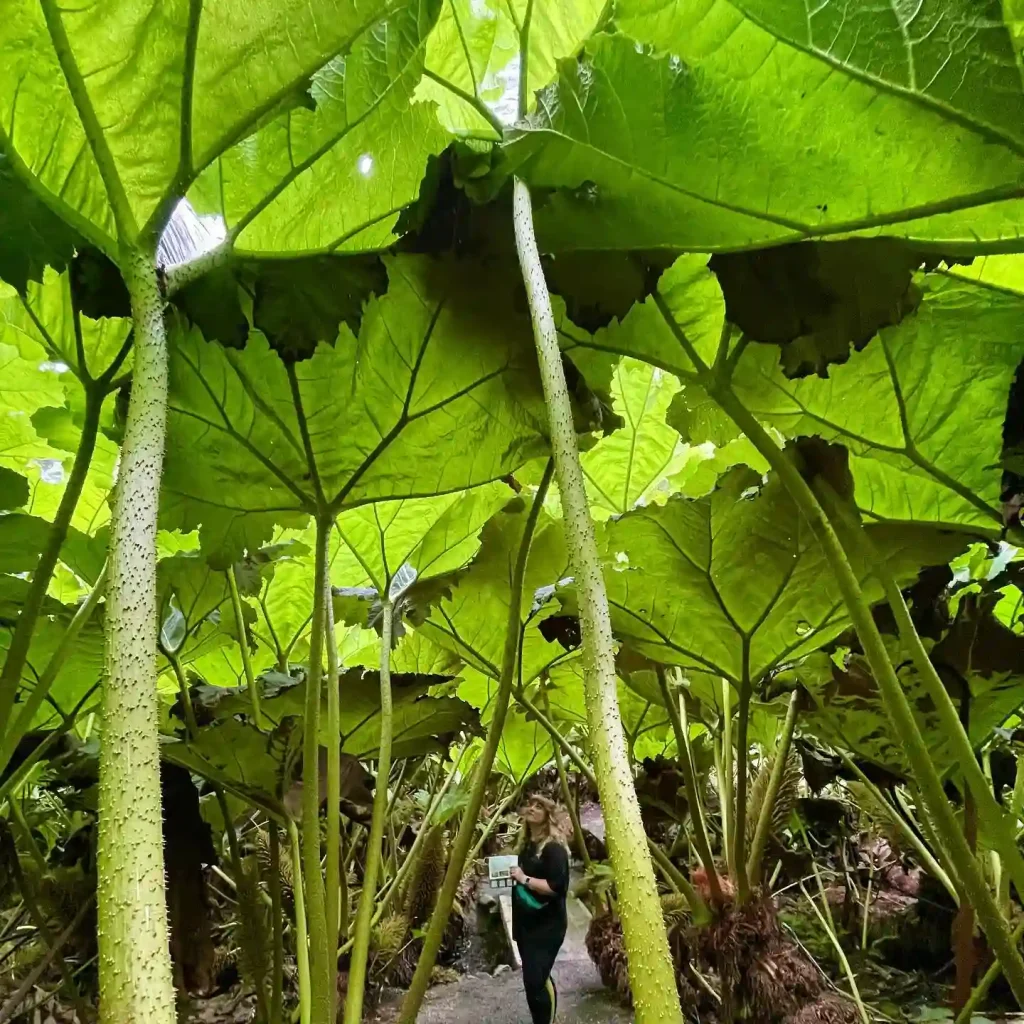FAQs About Ceanothus Griseus
As a passionate gardener, I often find myself exploring different plants, and Ceanothus Griseus has become one of my favorites. This beautiful evergreen shrub is known for its stunning blue flowers and low maintenance. Here are some frequently asked questions about Ceanothus Griseus that I’ve encountered, along with my insights and experiences.
73 Species in Genus Ceanothus
What Is Ceanothus Griseus?
Ceanothus Griseus, commonly known as the California Lilac, is a member of the buckthorn family (Rhamnaceae). Native to California, this shrub is celebrated for its vibrant blue flowers that bloom in spring. The foliage is dense and glossy, providing an attractive backdrop year-round. With its ability to tolerate drought, it’s perfect for water-wise gardens or xeriscaping.
How to Care for Ceanothus Griseus?
Caring for Ceanothus Griseus is relatively straightforward. Here are some essential tips based on my experiences:
- Light Requirements: This plant thrives in full sun. I’ve noticed that it produces more flowers and stays healthier with at least six hours of direct sunlight daily.
- Soil Type: Well-draining soil is crucial. I recommend sandy or loamy soil. Avoid heavy clay, as it can lead to root rot.
- Watering: While Ceanothus Griseus is drought-tolerant once established, regular watering during the first year helps promote healthy growth. I usually water weekly, gradually reducing frequency as the plant matures.
- Fertilizing: I’ve found that Ceanothus Griseus does not require heavy fertilization. A light application of compost in spring is often enough to provide the necessary nutrients.
- Pruning: Prune after flowering to maintain its shape and encourage bushier growth. I generally trim back dead or leggy branches, which helps the plant stay healthy and vibrant.
How to Propagate Ceanothus Griseus?
Propagation is an exciting aspect of gardening. For Ceanothus Griseus, I prefer two methods: cuttings and seeds.
- Cuttings: I usually take semi-hardwood cuttings in late summer. After removing the lower leaves, I dip them in rooting hormone and plant them in a potting mix. Keeping them in a humid environment helps promote root development.
- Seeds: If you’re interested in seeds, collect them after the pods have dried. Scarify the seeds slightly and soak them overnight before planting. I find that starting seeds indoors and transplanting them later yields better results.
What to Plant With Ceanothus Griseus?
Companion planting can enhance your garden’s beauty and biodiversity. I’ve had great success pairing Ceanothus Griseus with the following plants:
- Lavender: Their love for full sun and similar water requirements make them ideal partners.
- Salvia: The aromatic foliage and vibrant blooms of Salvia complement the blue flowers of Ceanothus beautifully.
- California Poppy: This native flower’s bright orange petals provide a stunning contrast to the blue of Ceanothus Griseus.
Is Ceanothus Griseus Toxic?
One question I frequently hear is about toxicity. Thankfully, Ceanothus Griseus is non-toxic to pets and humans, which makes it a safe choice for gardens with children or animals.
Benefits of Ceanothus Griseus
There are numerous benefits to including Ceanothus Griseus in your garden:
- Drought Tolerance: Its ability to withstand dry conditions makes it an excellent choice for sustainable gardening.
- Attractive Habitat: The flowers attract pollinators like bees and butterflies, enhancing your garden’s ecosystem.
- Low Maintenance: Once established, it requires minimal care, freeing up time for other gardening activities.
Common Problems with Ceanothus Griseus
Like any plant, Ceanothus Griseus can face issues. Here are some common problems I’ve encountered:
- Root Rot: This often occurs due to overwatering or poorly drained soil. I recommend ensuring adequate drainage and adjusting your watering schedule accordingly.
- Pests: Aphids can occasionally infest the leaves. I usually wash them off with a strong jet of water or use insecticidal soap if necessary.
- Leaf Drop: If you notice leaves dropping, it might indicate stress from drought or overwatering. Adjusting your watering habits usually resolves this.
How Does Ceanothus Griseus Compare to Similar Plants?
I’ve often been asked how Ceanothus Griseus compares to other plants, particularly related species like Ceanothus Palawanicus or other flowering shrubs like Blue Mist Spirea.
- Ceanothus Palawanicus has a more compact growth habit and slightly different flower color. I find Ceanothus Griseus offers a more robust display of blue flowers.
- Blue Mist Spirea offers a similar hue but differs in growth form and maintenance needs. Ceanothus Griseus requires less pruning and is more drought-tolerant.
Conclusion
Ceanothus Griseus is a stunning and resilient addition to any garden. Its beauty, ease of care, and benefits to wildlife make it a favorite of mine. Whether you’re looking to enhance your landscape or simply want a low-maintenance shrub, Ceanothus Griseus is worth considering. Happy gardening!
If i die, water my plants!



